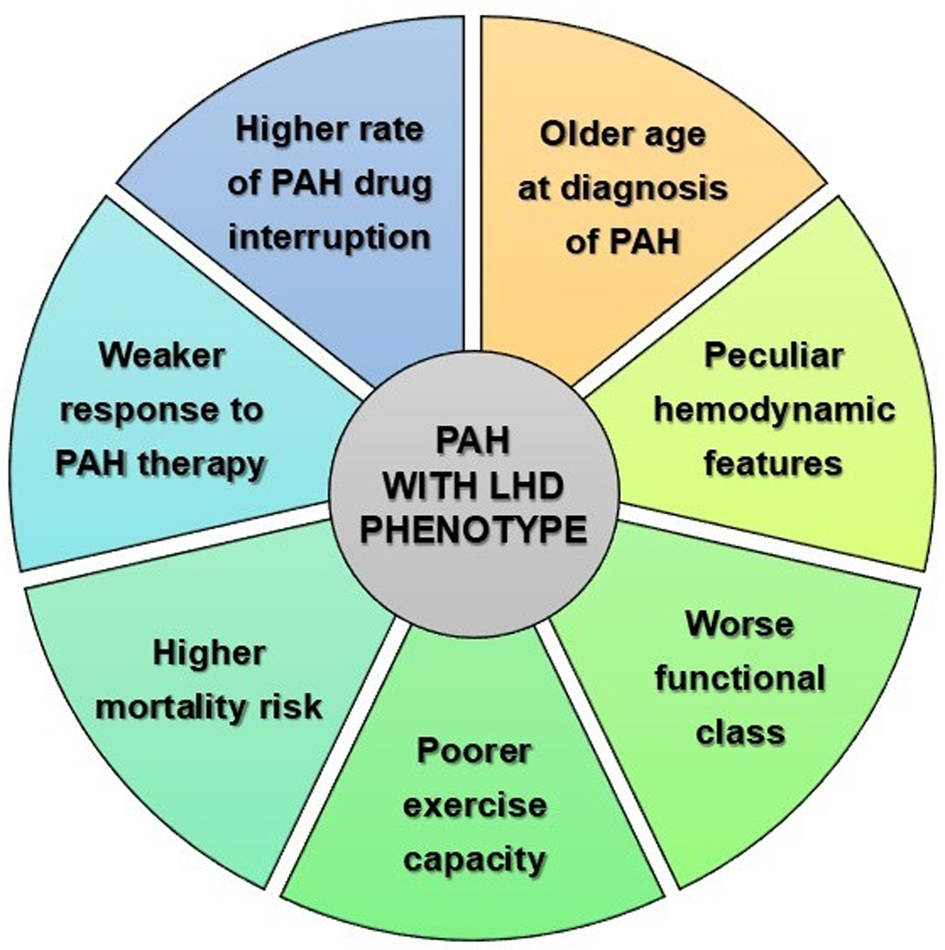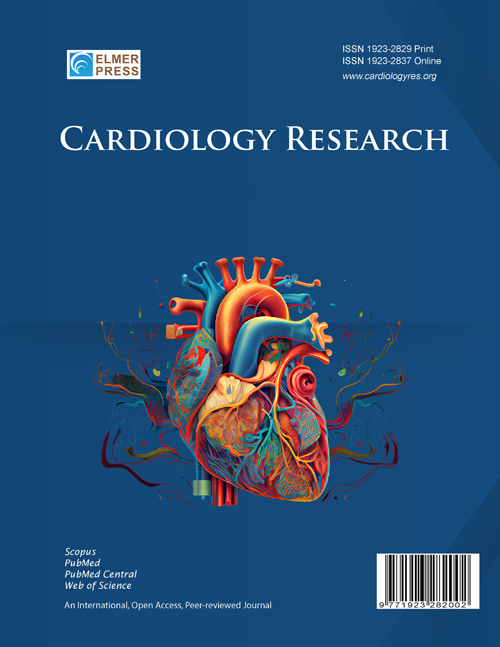Pulmonary Arterial Hypertension and Left Heart Disease Phenotype: A Challenging Crossroad
DOI:
https://doi.org/10.14740/cr2067Keywords:
Pulmonary arterial hypertension, Left heart disease, Cardiovascular risk factors, Diagnostic workup, Decision-making approachAbstract
Although pulmonary arterial hypertension (PAH) usually affects young people with a low burden of cardiovascular comorbidities, epidemiologic changes over time have been providing a codified phenotype of subjects with PAH, characterized by a hemodynamic profile compatible with pure pre-capillary pulmonary hypertension (PH), associated with increased risk factors for left heart disease (LHD). Compared with the younger subjects belonging to the classical PAH phenotype, those with PAH and LHD phenotype share several distinctive features. They include: 1) the older mean age at diagnosis of PAH; 2) peculiar hemodynamic features, characterized by a trend toward lower values of mean pulmonary arterial pressure and pulmonary vascular resistances, and higher values of pulmonary artery wedge pressure; 3) greater clinical deterioration; 4) more impaired exercise capacity; 5) higher mortality risk; 6) weaker response to PAH-targeted treatment; and 7) higher rate of PAH drug discontinuation. Physicians must be aware of such peculiar phenotype of PAH. This is advisable for providing a comprehensive diagnostic workup, in order to reduce the risk of PH misclassification and provide the most appropriate decision-making approach.

Published
Issue
Section
License
Copyright (c) 2025 The authors

This work is licensed under a Creative Commons Attribution-NonCommercial 4.0 International License.









